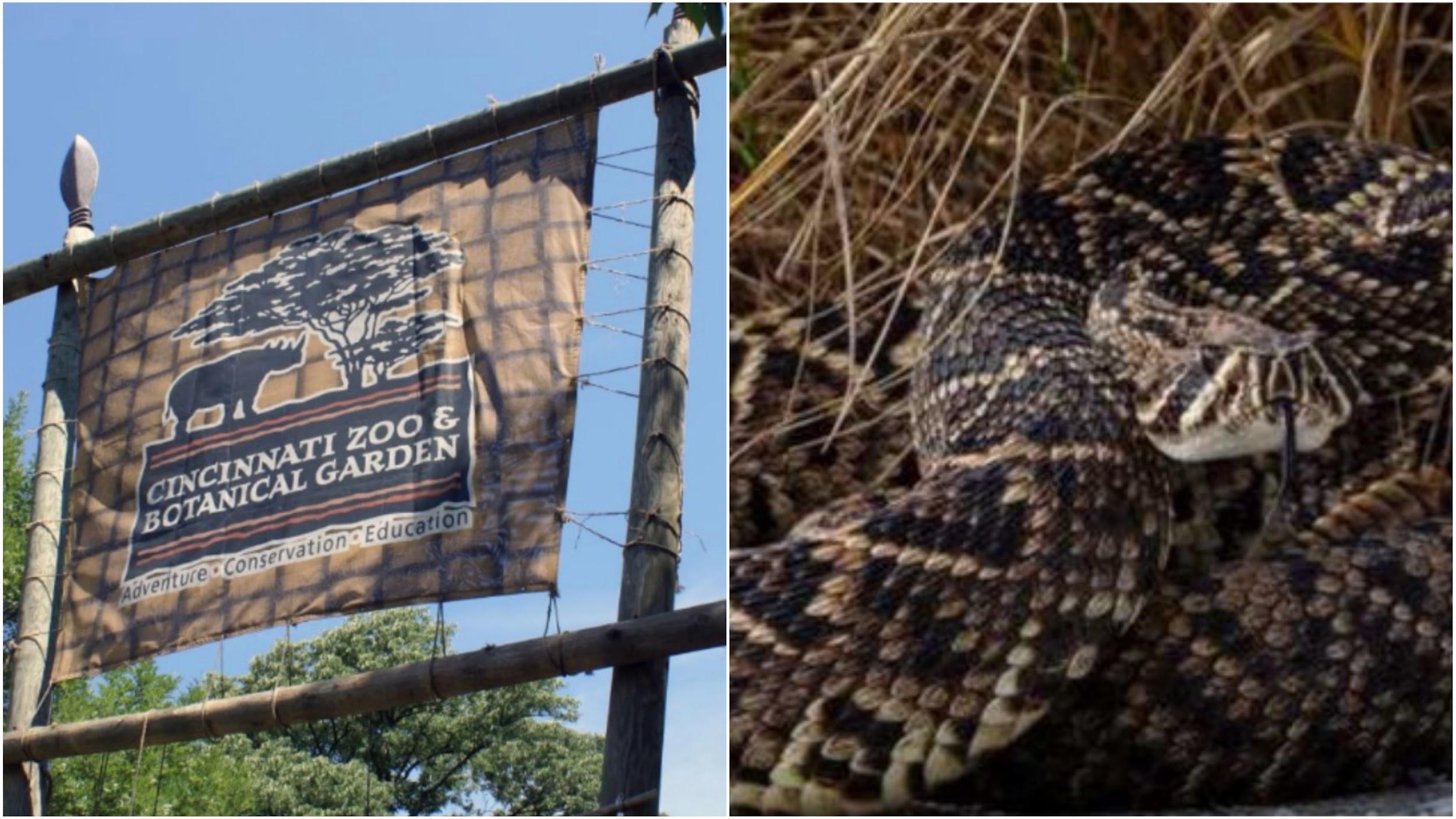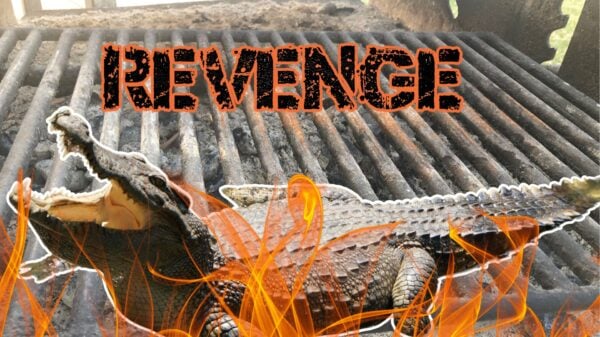When we think about work hazards, the first type of industries that come to mind are those involving heavy machinery, like construction. We imagine a worker being struck by a forklift, falling from heights, getting electrocuted, suffering injuries from chemical exposure, etc.
While there’s no doubt that construction is one of the most dangerous industries in the world, there are others with significant risks that don’t get the attention they deserve. Zookeeping is one of them, and a recent incident has highlighted the inherent dangers of working with unpredictable animals.
Cincinnati Zoo & Botanical Garden officials have revealed that a female employee was bitten by North America’s most venomous snake at their facility. The unfortunate news was confirmed by the Cincinnati Police Department, who claimed that the attention of law enforcement was called to the local zoo after the incident.
According to the local fire service, the woman was taken to the University of Cincinnati Hospital, where she received treatment. She didn’t need to be administered anti-venom, and her condition was stable.
Experts have called this event a lucky outcome as the snake, an eastern diamondback rattlesnake, is said to have hemotoxins in its venom. When these hemotoxins enter a victim’s bloodstream, they can cause blood clots, tissue damage, and possibly death. This is in addition to the extreme pain the victim will feel from the bite.
Although the Cincinnati Zoo Authority says that guests were never in danger, this incident may spark a series of safety concerns. Sadly, this isn’t the first time the facility has been in the news for troubling reasons.
On May 28, 2016, a 4-year-old boy fell into the exhibit of a 17-year-old western lowland gorilla named Harambe at the Cincinnati Zoo. Upon sighting the child, the 450-pound Harambe approached, grabbed, and dragged him through the exhibit for about 10 minutes. The child was rescued and rushed to a local hospital.
Following the incident, Cincinnati Zoo thought it was a wise idea to shoot Harambe dead instead of tranquilizing him. This sparked a worldwide social media outcry.
“Our first response was to call the gorillas out of the exhibit. The two females complied, but Harambe did not. It is important to note that with the child still in the exhibit, tranquilizing the 450-pound gorilla was not an option. Tranquilizers do not take effect for several minutes and the child was in imminent danger. On top of that, the impact from the dart could agitate the animal and cause the situation to get much worse,” Thane Maynard, the Zoo Director, explained.
However, the backlash was so severe that the zoo had to delete its Twitter (now X) account for a while.
Zoos remain one of the most exciting places for lovers of nature to have fun and gain more knowledge about animals of various kinds. Hopefully, the Cincinnati Zoo and Botanical Gardens Authority will take more proactive steps to ensure that it maintains the highest safety standards in its day-to-day operations.































































